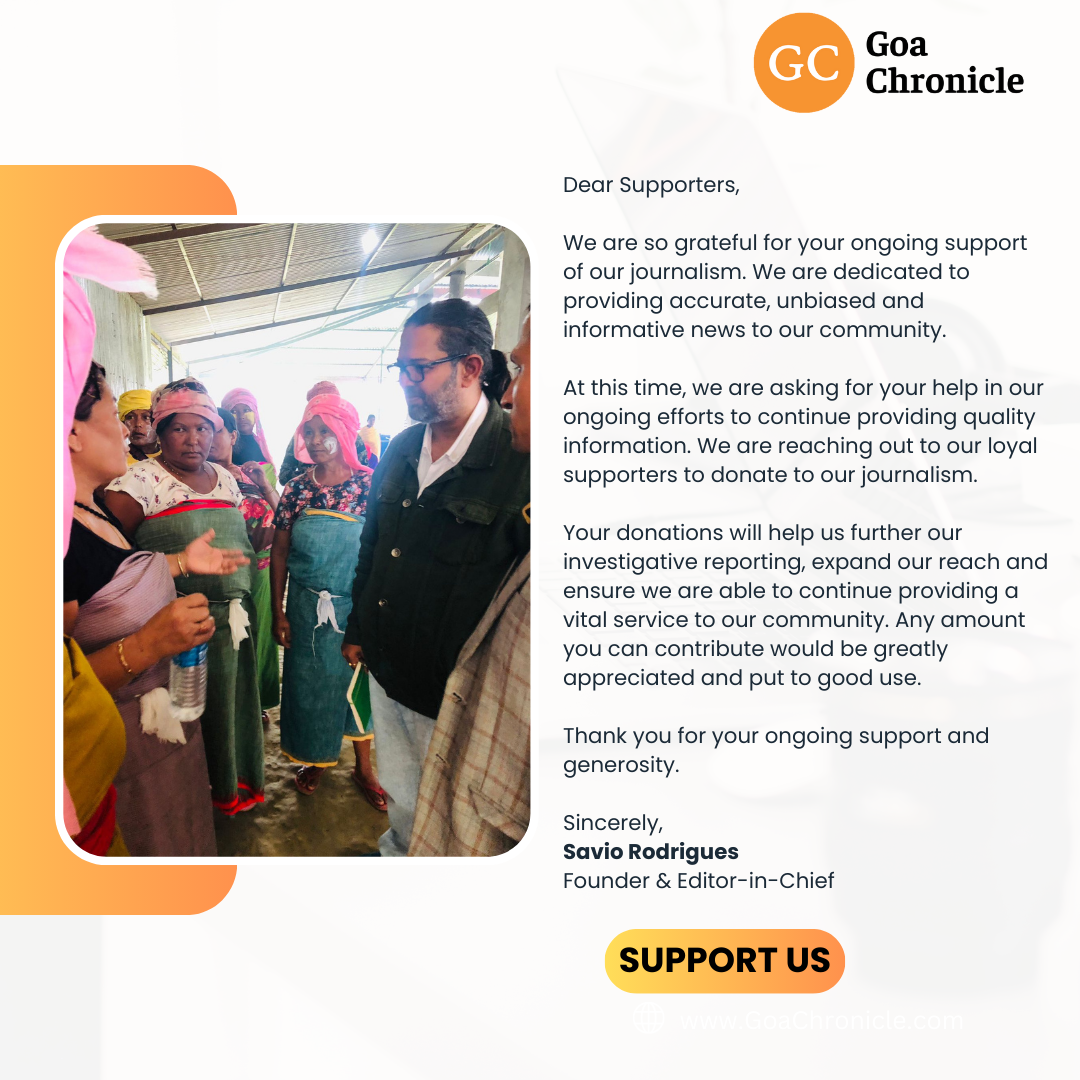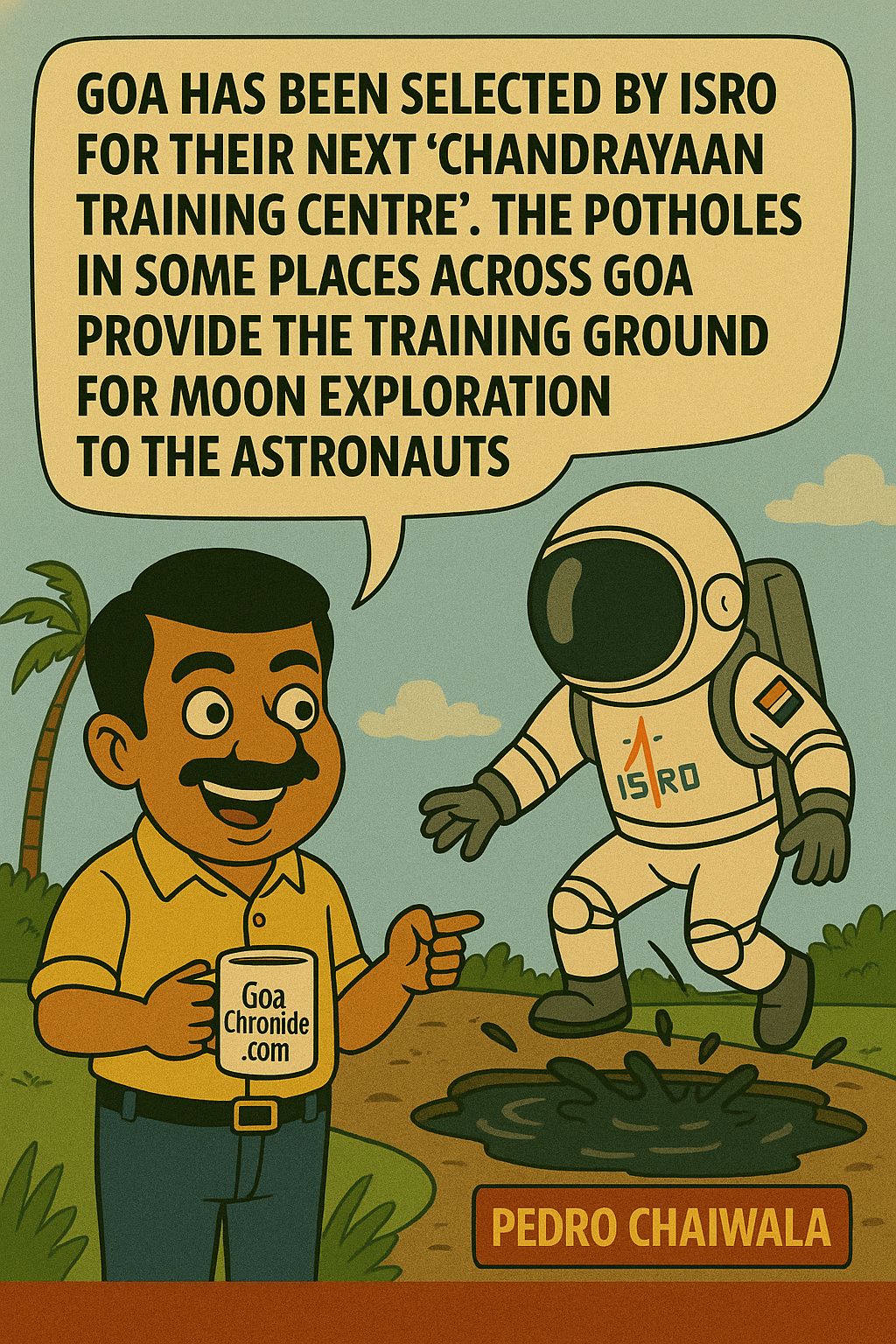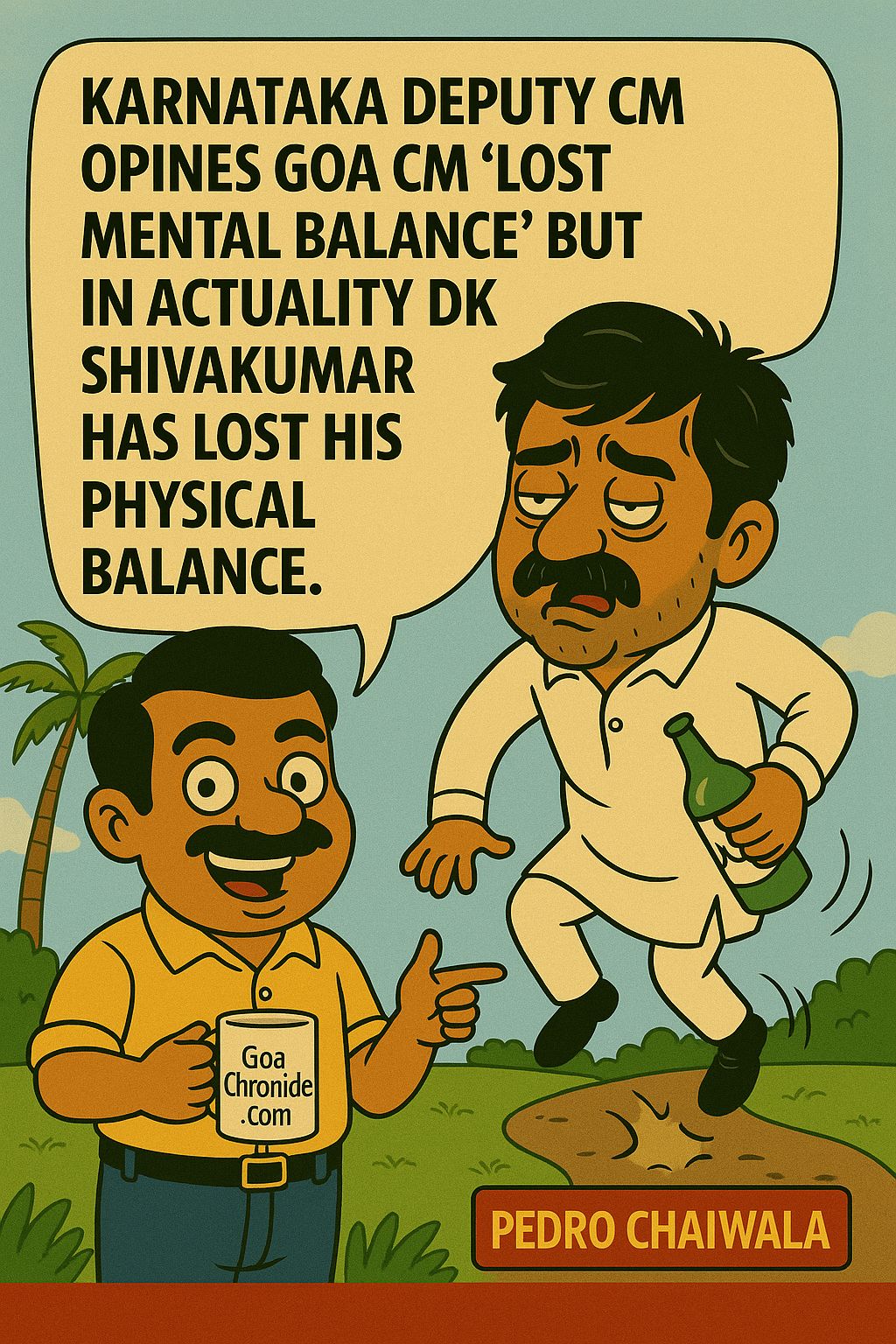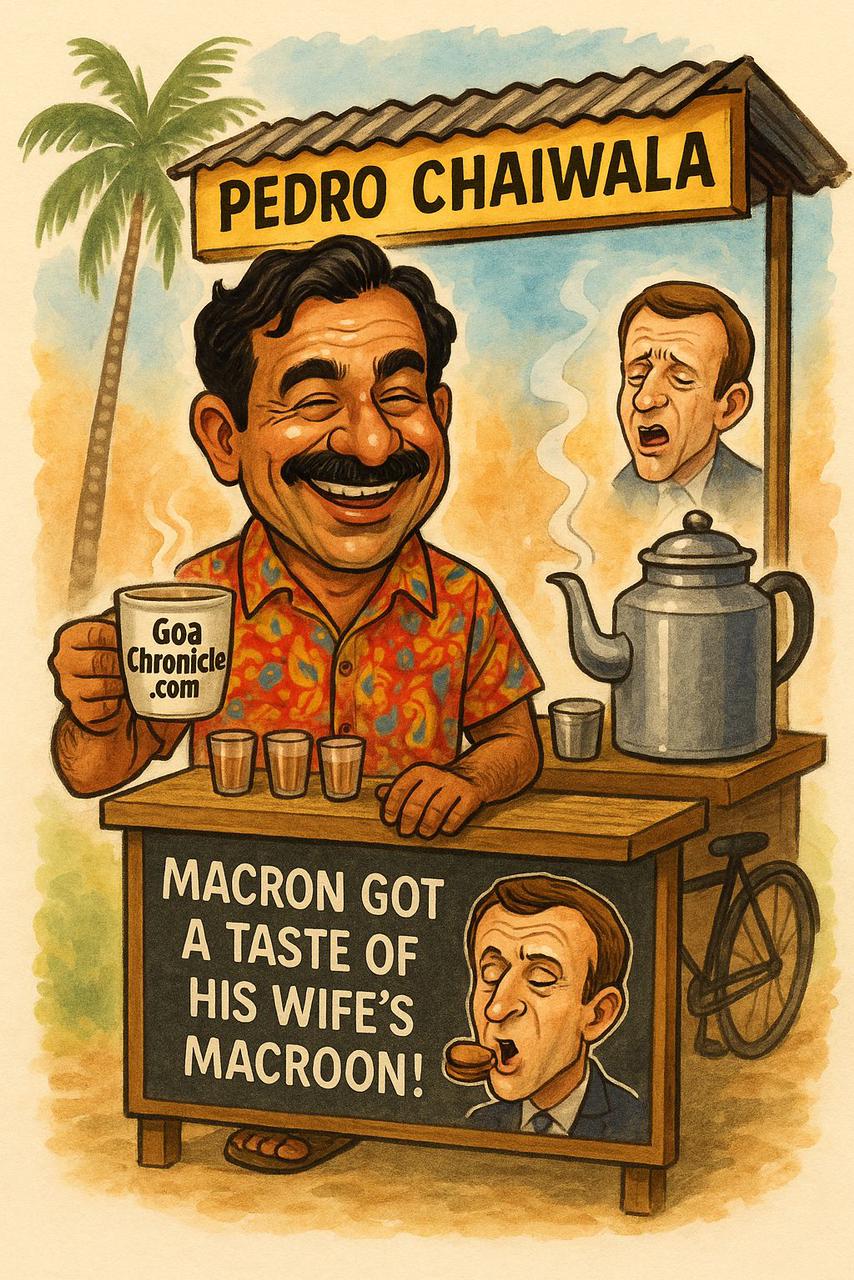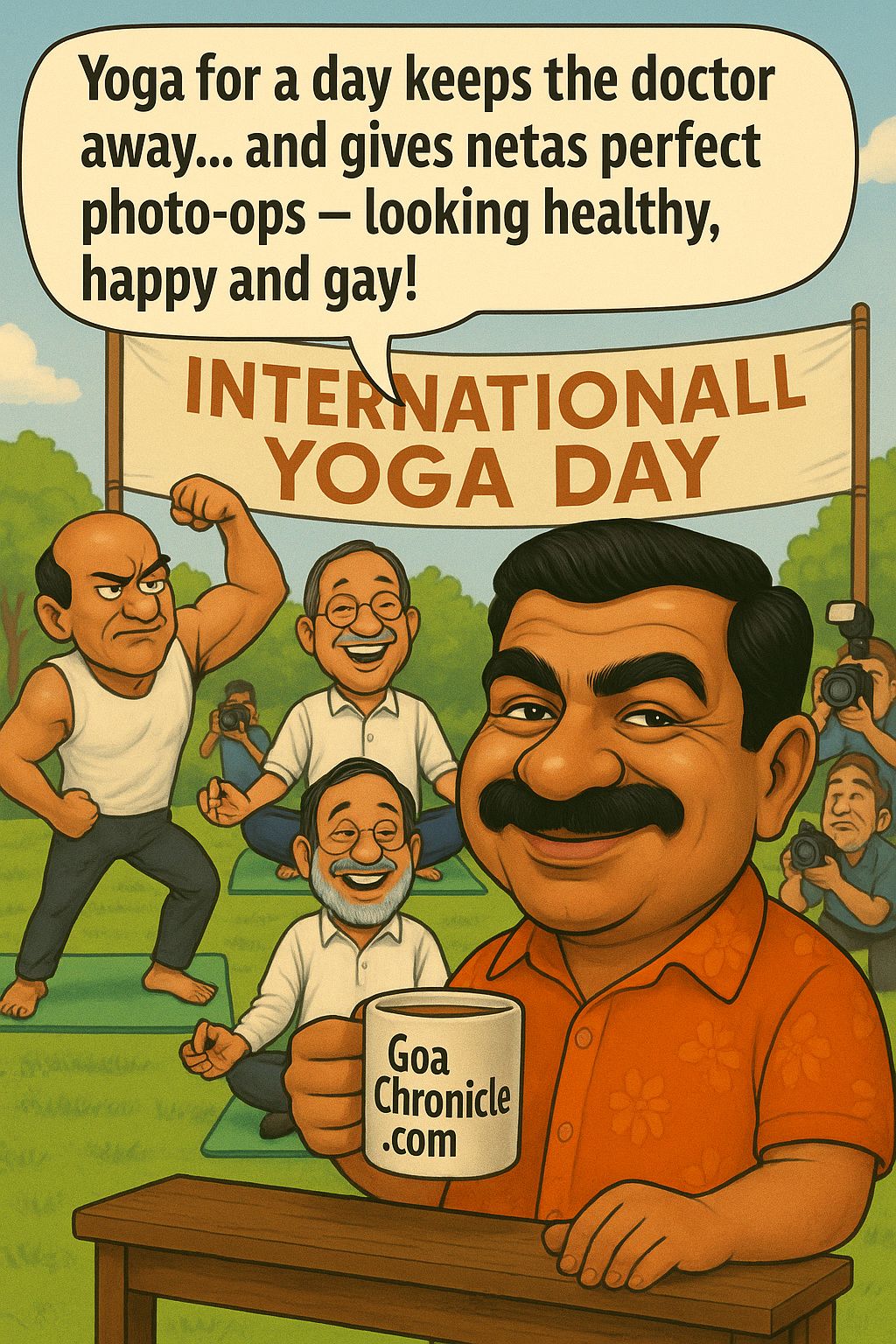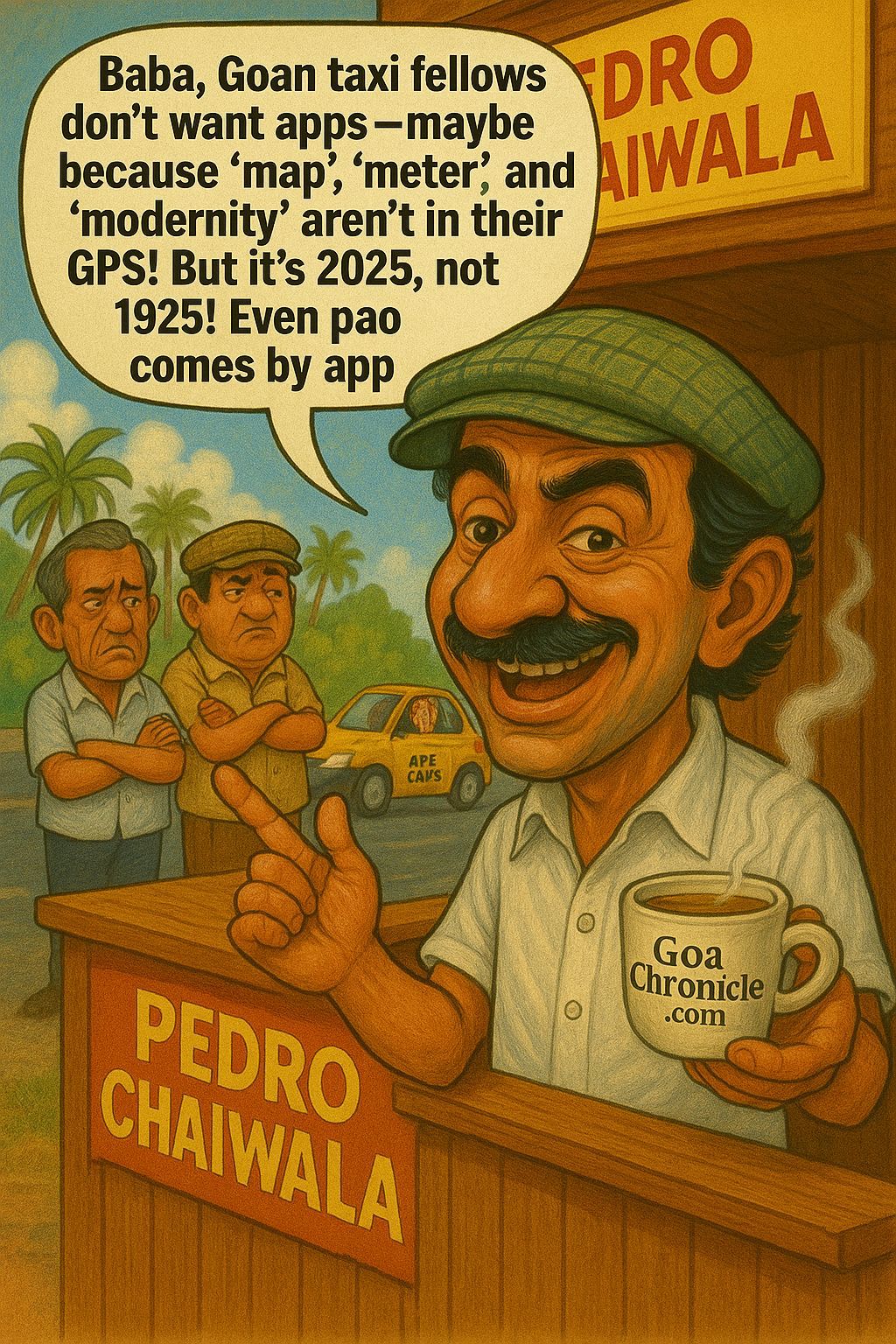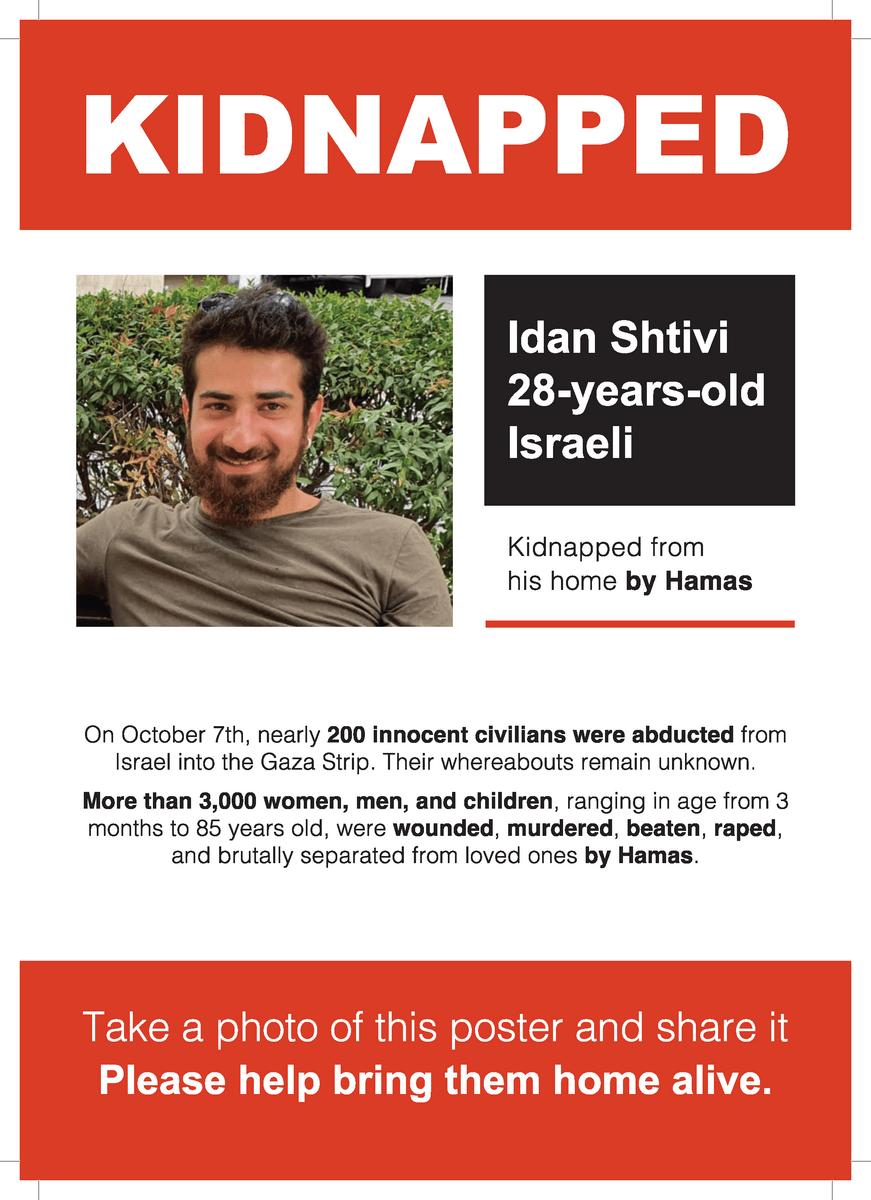The humanitarian situation in Gaza during Operation Iron Swords has become one of the most contentious global debates of our time. The narrative, shaped by international media and often manipulated by global institutions, portrays a singular reality: a starving, neglected, and abandoned population left at the mercy of a brutal war. Yet, behind the rhetoric and sensational headlines lies a very different set of facts—data that, if examined carefully, reveals both the complexity and the distortion surrounding humanitarian aid in Gaza.
The numbers tell a story. A story that global institutions often refuse to acknowledge, because it contradicts the convenient tale of famine and neglect. A story that exposes not just Hamas’s exploitation of aid but also the intellectual dishonesty of organizations like the IPC, which published its August 2025 report alleging famine in Gaza while deliberately omitting critical data.
This article is not about choosing sides. It is about confronting reality with facts, exposing manipulation, and demanding accountability—from Hamas, from NGOs, and from the international community that claims to care for the people of Gaza.
The Scale of Humanitarian Aid
Since October 2023, when Operation Iron Swords began in the wake of the October 7 massacre, Israel has facilitated the entry of nearly 2.1 million tons of humanitarian aid into Gaza. This is not a figure conjured up for political purposes; it is the documented tally as of September 18, 2025.
The breakdown is as follows:
• 2,082,000 tons by land
• 7,996 tons by air
• 9,710 tons by sea
In total, this aid has been delivered via 107,511 trucks and 13,209 pallets, traversing routes from Jordan, Egypt, Judea and Samaria, Ashdod Port, and even air and sea delivery methods including airdrops and floating piers.
Between May 19 and September 17, alone, 15,847 trucks crossed into Gaza, while 2,759 pallets were airdropped. These are not symbolic gestures. These are massive logistical operations conducted daily under fire, coordinated between Israel, the UN, NGOs, and multiple international governments.
When the second ceasefire in early 2025 allowed uninterrupted aid entry, Gaza saw as many as 600 trucks per day—a staggering 4,200 per week, totaling 25,000 trucks during that period.
Yet, much of this aid never reached ordinary civilians. The reason: Hamas.
Hamas: Looters of Aid, Merchants of Misery
The greatest tragedy in Gaza is not just the war. It is the systematic theft of humanitarian aid by Hamas, which has perfected the art of looting and profiteering at the expense of its own people.
The humanitarian supplies—food, medicine, fuel, and shelter—intended for desperate civilians, were hijacked, stored in Hamas warehouses, and sold at black-market rates.
Consider this example: a sack of flour that costs 25–30 NIS under normal circumstances was sold by Hamas for as much as 1,000 NIS during peak shortages. Food that entered Gaza free of charge, donated by international communities and delivered through dangerous supply chains, became a tool of extortion.
Aid looting is not incidental. It is structural. Hamas views humanitarian aid not as relief for its people but as a weapon to consolidate political control, enrich its operatives, and sustain its military operations.
And yet, in global forums, the focus is not on Hamas’s theft of aid. Instead, the outrage is directed at Israel—the very state that, despite being attacked, continues to allow humanitarian supplies to flow into the very territory controlled by its enemy.
The Reality of Water and Electricity
If you believe the headlines, Gaza has no water. But the facts tell a different story.
Four pipelines currently supply water into Gaza—three from Israel (Nahal Oz, Birkat Sa’id, and Bani Suheila) and one from Egypt (the Emirati water pipeline, launched on August 28, 2025).
The UN’s humanitarian standard requires 7 liters per person, per day. In Gaza today, water supply far exceeds that:
• 41 liters per person daily in North Gaza
• 43 liters per person daily in Southern Gaza
Electricity from Israel powers two desalination plants operated by UNICEF. Groundwater pumps are also functioning, fueled by gas and diesel supplied from Israel.
This does not mean there are no challenges. Distribution within Gaza is deeply uneven, disrupted by Hamas’s control and the destruction caused by the war. But to allege that Israel is starving or dehydrating Gaza is not just misleading—it is a deliberate distortion.
Food Security and the IPC Report
Perhaps the most glaring example of manipulation came in August 2025, when the IPC (Integrated Food Security Phase Classification) published its much-anticipated famine report. The headlines screamed: Gaza faces severe famine. The global outrage was immediate.
But when Israel submitted its response, the cracks in the IPC’s credibility began to show.
Here are the key flaws in the IPC report:
1. Irrelevant thresholds: The IPC applied hunger thresholds designed for African famine conditions, which do not fit Middle Eastern dietary and cultural realities.
2. Data manipulation: Even after admitting errors, the IPC adjusted revised data in a way that artificially suggested worsening malnutrition.
3. Survey bias: The IPC selectively used phone surveys that matched its narrative while ignoring contradictory evidence from other surveys.
4. Ignored evidence: The IPC refused to acknowledge improvements such as falling food prices and the operation of distribution centers delivering over 167 million meals since May 2025.
The IPC’s refusal to share its raw data raises serious questions. Transparency is the foundation of credibility, yet the organization chose opacity. Why? Because data transparency would expose that famine was not the reality—mismanagement and Hamas’s theft were.
Distribution Centers: A Game-Changer
Recognizing the flaws in the old aid distribution system, Israel and international partners launched the Gaza Humanitarian Fund (GHF) distribution centers in May 2025.
The concept is simple: centralized, controlled, transparent distribution. Each food box contains enough meals for a family of five for seven days. Since launch, 2,897,894 food boxes—equivalent to 167 million meals—have been distributed.
The centers are equipped with systems to minimize chaos: registration lists, appointments, dedicated days for women, and security protocols.
Unsurprisingly, Hamas views these centers as a direct threat to its dominance. The response has been violent: attacks on civilians waiting in line, propaganda blaming Israel for the chaos, and targeted killings of humanitarian workers—12 GHF workers were murdered in July 2025 alone.
For Hamas, people standing in line for free, organized aid represents a loss of control. And so, the organization does what it does best: uses violence to maintain fear.
Medical Aid: A Lifeline Amid War
Despite the devastation of war, Gaza’s medical system has not collapsed—thanks largely to international cooperation facilitated through Israel.
• 18 hospitals and medical centers remain operational, alongside 12 field hospitals.
• Since early 2024, 4,000 patients (mostly children with escorts) have been evacuated for treatment abroad—via Kerem Shalom, the Allenby Bridge, or Ramon Airport. Destinations include Jordan, the UAE, and even the United States.
• Over 48,000 tons of medical equipment—from hospital generators to blood units—have entered Gaza since the war began.
Medical aid is not propaganda. It is visible, tangible, and measurable. Yet, it is also vulnerable to the same corruption and seizure by Hamas that plagues food and fuel supplies.
The Politics of NGOs
The NGO ecosystem in Gaza has long been a double-edged sword. While many organizations work tirelessly to provide relief, others have become entangled—wittingly or unwittingly—with Hamas.
Recognizing this, Israel established an NGO registration mechanism in December 2024. Every organization operating in Gaza and the West Bank must now formally register, undergo scrutiny, and receive approval from an inter-ministerial committee.
Initially, the deadline for registration was September 9, 2025, but under pressure—primarily from EU states—it has been extended to December 31, 2025.
The logic is simple: aid cannot be a backdoor for terror financing. NGOs that cannot guarantee transparency or independence from Hamas have no business operating in Gaza.
The Uncomfortable Truth
The humanitarian reality in Gaza is complex. On one hand, the data proves that unprecedented levels of aid—food, water, medical supplies—are entering the Strip. On the other, Hamas’s systematic theft, global institutional bias, and the politicization of famine narratives create a fog of misinformation.
The world must confront several uncomfortable truths:
1. Israel is not blocking aid. It is facilitating it, often at great cost to its own security.
2. Hamas is the primary obstacle to humanitarian relief. Looting, profiteering, and violence have turned aid into a weapon of control.
3. International institutions are failing. By manipulating data, ignoring facts, and indulging political narratives, they erode their own credibility.
4. The people of Gaza are the victims twice over. Victims of war, and victims of the very group that claims to represent them.
The debate on humanitarian aid to Gaza is not about compassion—it is about politics. And in this game, truth is often the first casualty.
The international community must decide: will it continue indulging Hamas’s manipulation and the distortions of organizations like the IPC, or will it demand accountability, transparency, and factual reporting?
For now, the numbers stand as silent witnesses: 2.1 million tons of aid, 107,511 trucks, 167 million meals, 43 liters of water per person daily, 48,000 tons of medical equipment, 4,000 patients evacuated.
This is the reality. Not famine. Not deliberate starvation. The real crisis in Gaza is not a lack of aid—it is the theft of aid, the manipulation of facts, and the silence of those who know better but choose not to speak.





